Precision, Performance, and Pride: A Look at Hillco’s Leveling System
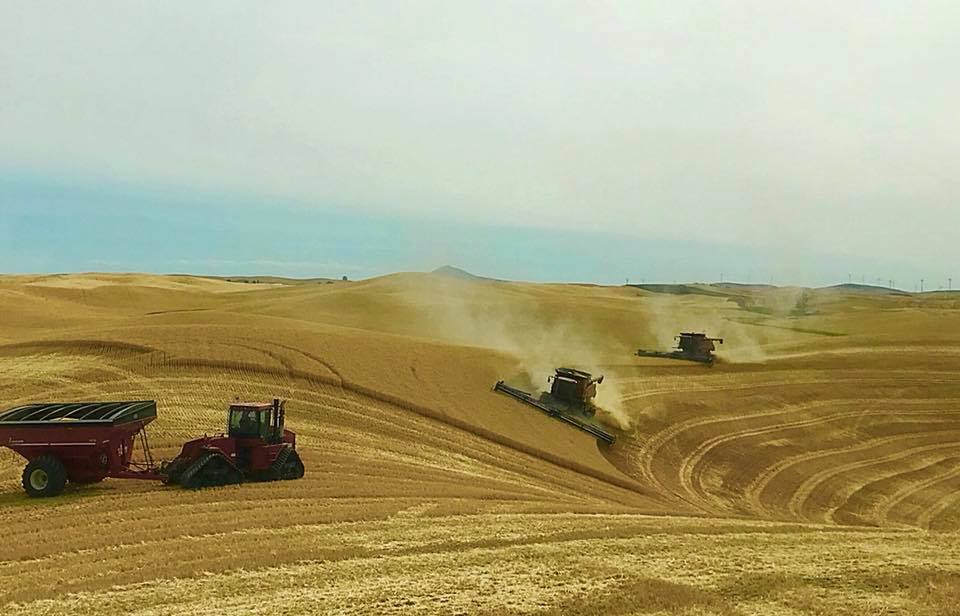
At Hillco Technologies...
…our team takes immense pride in the products we build and the impact they have on modern agriculture. To give you a closer look at what makes Hillco products truly stand out, we sat down for a chat with our production manager to talk about his favorite Hillco product—the Hillco Leveling System.
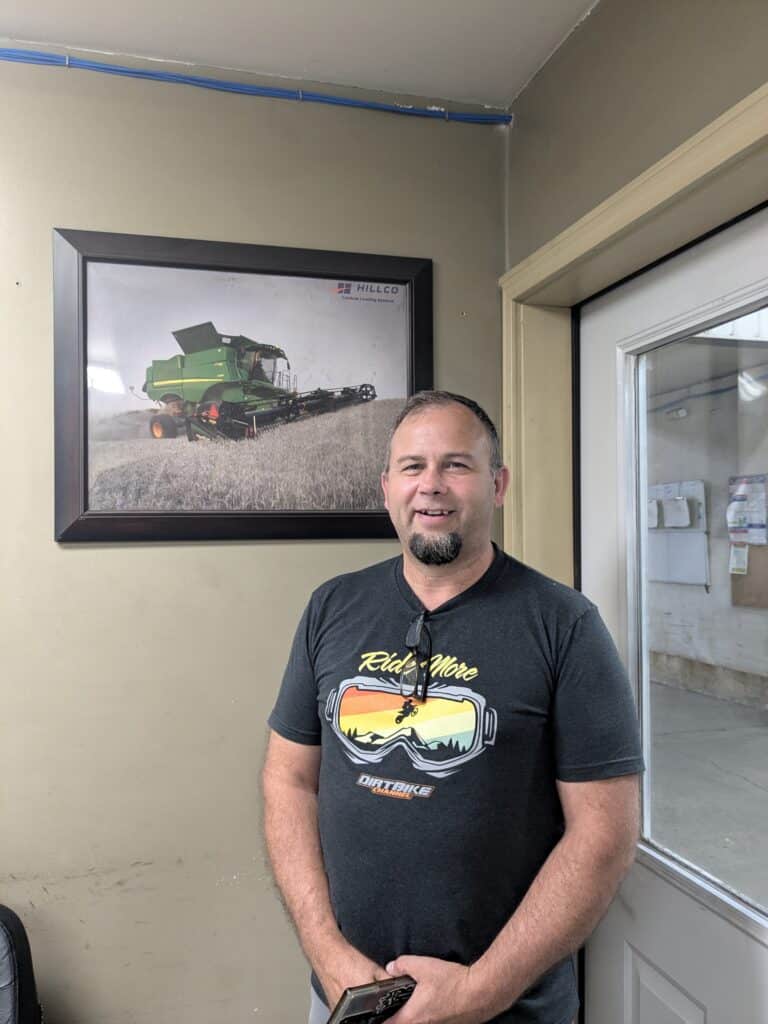
Meet Brian Heater!
Brian is Hillco’s Production Manager who has been taking care of business at Hillco for over 24 years! Brian’s favorite Hillco product is the Leveling System, a love affair that began in high school.
Brian grew up in the Columbia Basin of Washington State where he worked on a farm in high school. There he had the opportunity to operate a New Holland forage harvester in alfalfa and corn on hilly ground with no leveling system.
“That was the closest thing to a combine that I had ever run but since working at Hillco I have ridden in a combine equipped with a Hillco Leveling System. I remember being amazed at the end of the cut while turning around on a hillside and it felt like we were on level ground as we turned. The leveler shifted the combine smoothly. It gave me a false sense of being on flat ground.”
When asked directly why the Hillco Leveling System is his favorite Hillco product, here is what Brian had to say:
“The leveling system is my favorite product because it has been our main attraction, causing impressive growth over the years that I have been at Hillco. I am very excited about the other products though and their potential growth opportunities.”
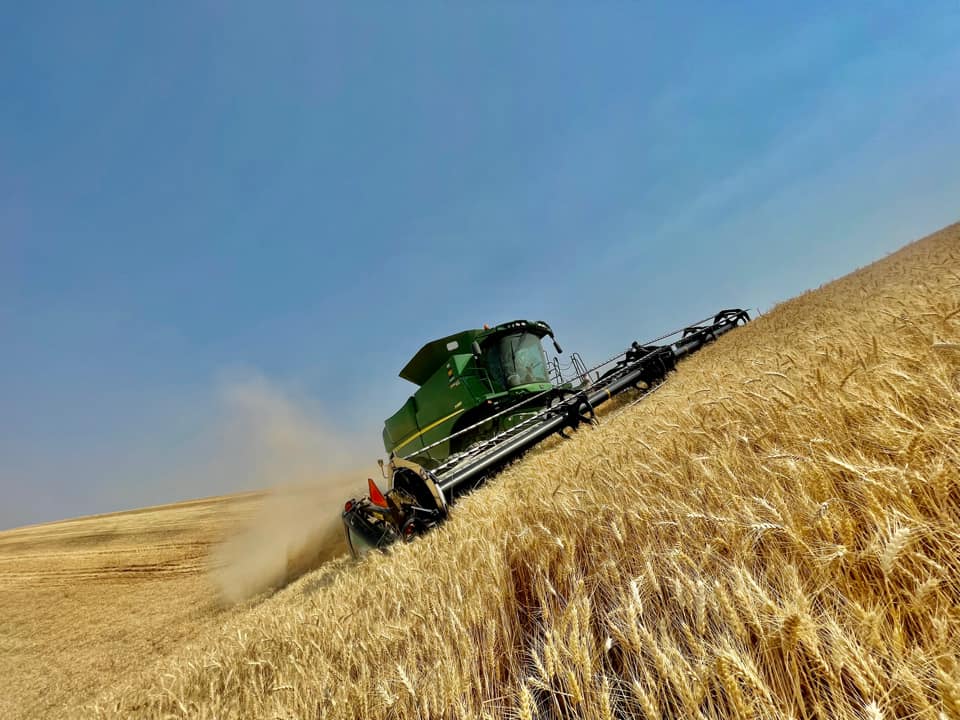
Based on his years of experience with Hillco Technologies, we were immensely curious to know what features of our Leveling System set it apart from others in Brian’s eyes.
He admires how it integrates with an already complex machine that has many functions and yet it still enhances performance.
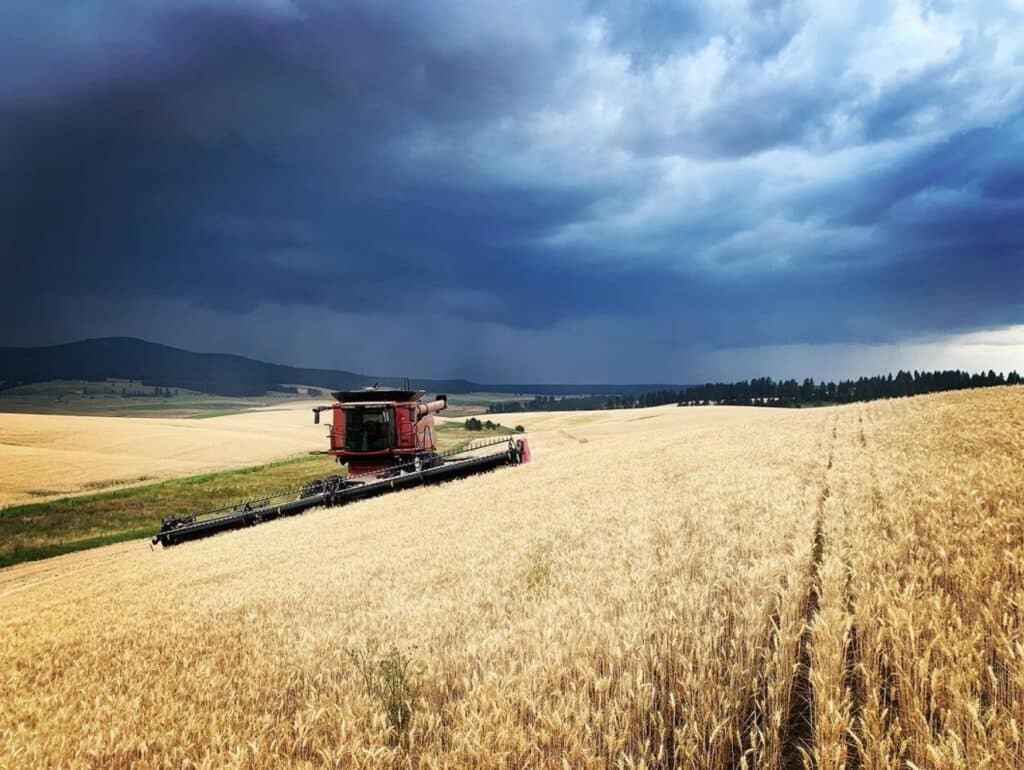
Brian has seen a lot of development over his years at Hillco. While discussing his experience with our Leveling Systems, the most recent major improvement he’s been excited about was just a couple years ago, when Hillco introduced a beaterless transition to the Hillside model leveling markets. Brian also explained that while that was a major change, each year he is involved with smaller improvements, here and there, on Hillco products and processes that positively contribute to the overall cost and quality of our leveling systems.
Q: In your role, how do you interact with or support the production of this product?
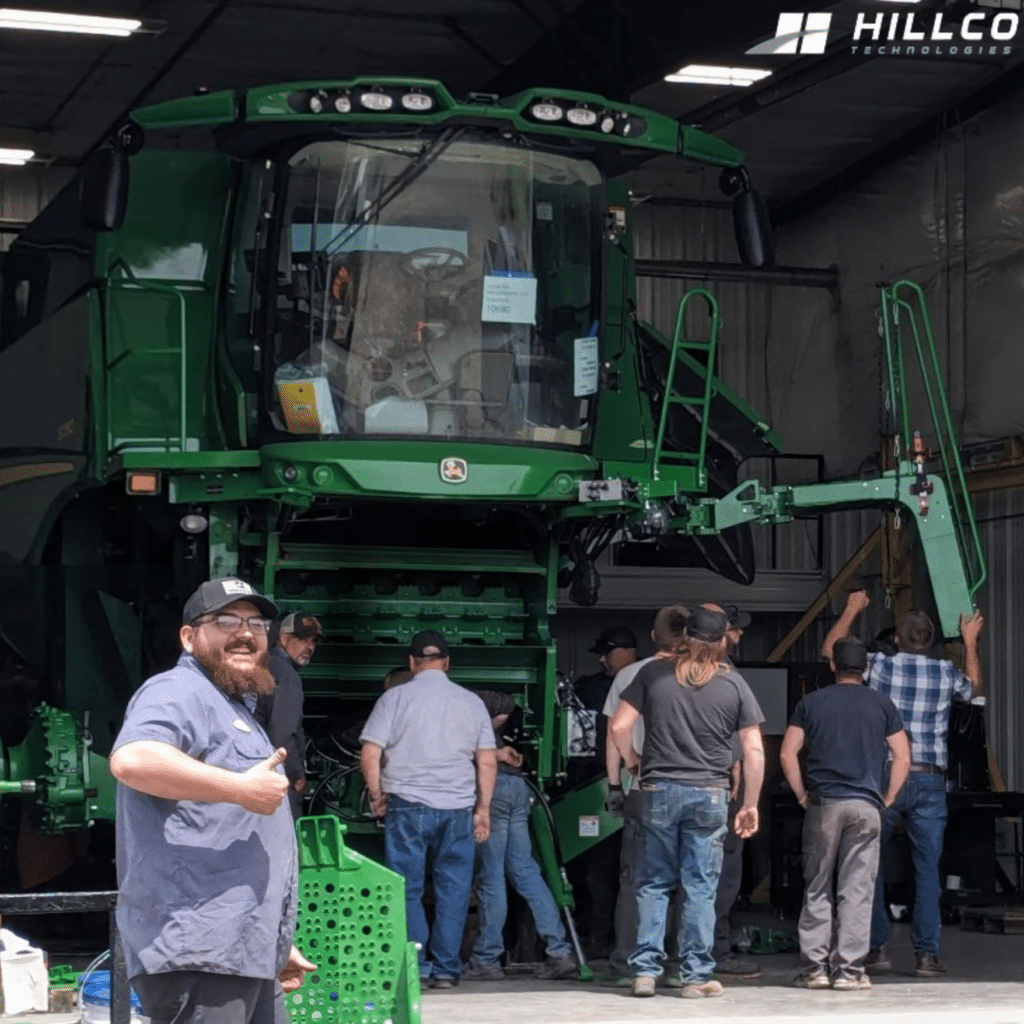
In Brians role, he feels privileged to work with a team of experts that take pride in the products that they build. Over the years our incredible team has refined Hillco’s Leveling System designs and the processes that it takes to build them. Brian was proud to say that he’s had the privilege of being a part of most of the improvements over the years.

